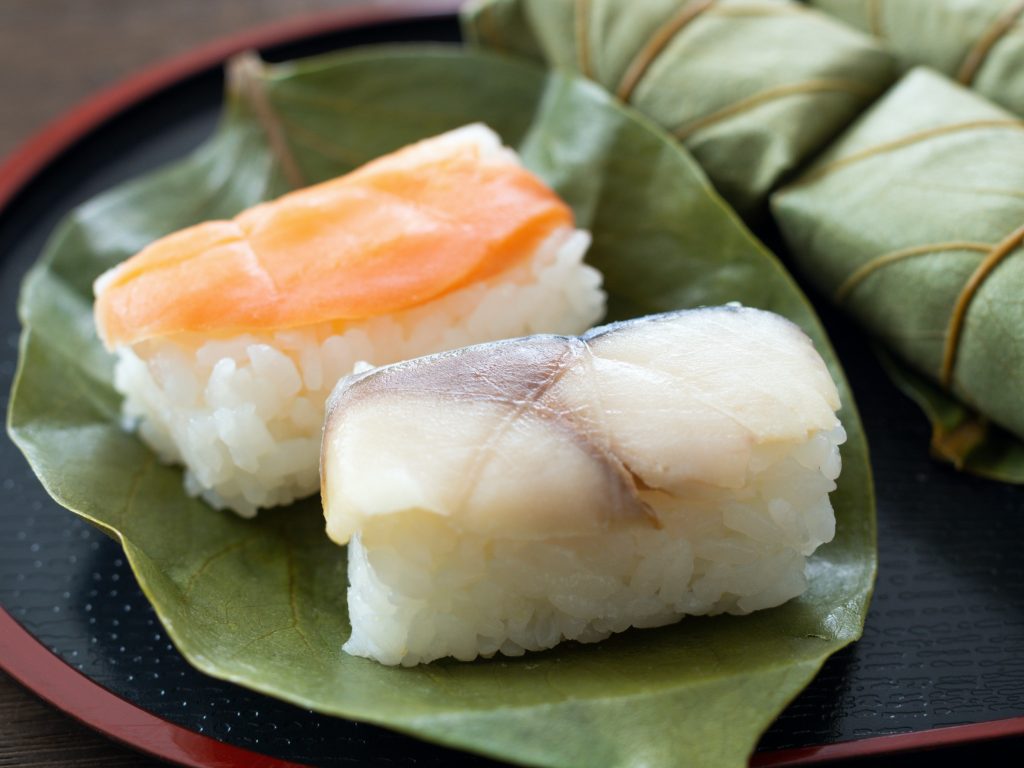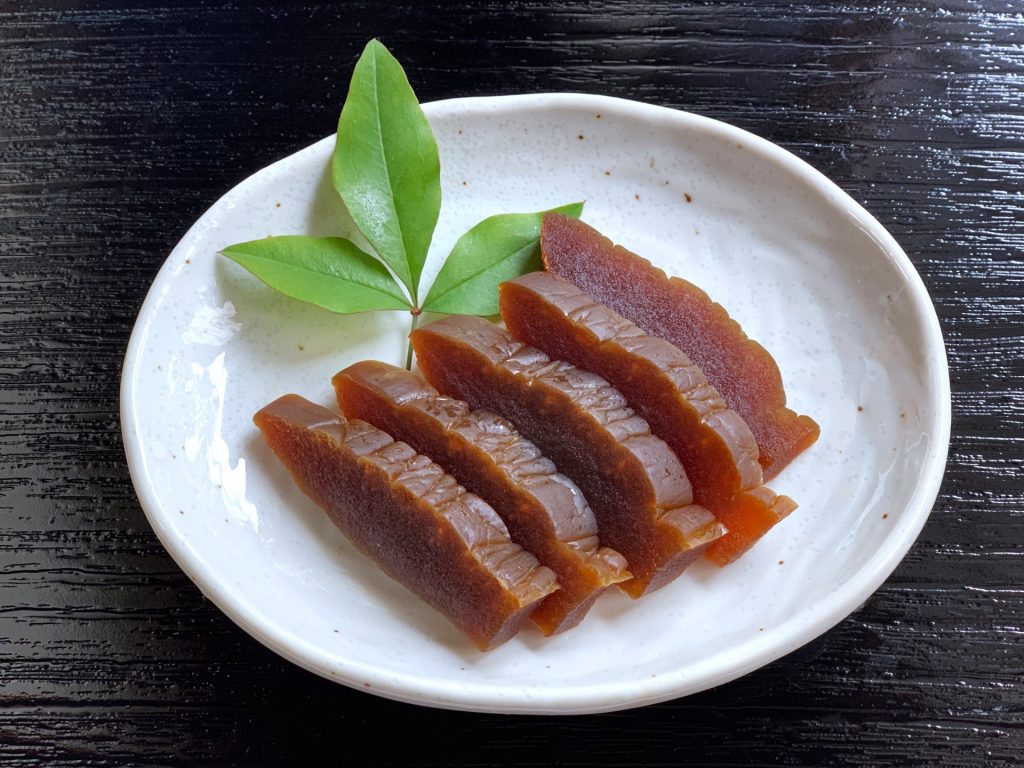Japanese fermented food is gaining global attention—not only for its deep, complex flavors, but also for its cultural richness and culinary versatility. For chefs, food professionals, and curious gourmets living and around the world, there’s no better place to explore this ancient art than Nara.
As Japan’s first permanently inhabited capital, Nara is home to a rich fermentation tradition unique to the region. In this article, we’ll explore the essence of Japanese fermented foods in Nara, from their unique characteristics to must-try delicacies and ways to explore this world more deeply through travel and learning.
A Brief Introduction to Japanese Fermented Food
Japanese fermented food refers to a range of ingredients and dishes made through the action of beneficial microbes, typically using koji mold, lactic acid bacteria, or yeast. Staples like miso, soy sauce, sake, and pickles are all part of this rich category, prized for their umami and preservation benefits.
This is just a brief overview, but the article below goes into more detail about its scientific and cultural roots.
Why Nara Is a Hidden Gem for Japanese Fermented Food Lovers
Nara is adjacent to Osaka Prefecture and Kyoto Prefecture, and during the Nara period from 710 to 794, the capital was Heijo-kyo, making it the center of Japan. Several fermented foods originated in Nara, notably sake, which was presented to the shogun. Even today, many traditional foods are still made in Nara using centuries-old methods, making the city a living museum of Japanese fermented foods.
Must-Try Japanese Fermented Food in Nara
When visiting Nara—or even planning a future culinary exploration—these are the fermented foods you shouldn’t miss. Each one tells a different story of regional ingenuity, historical continuity, and craftsmanship.
1. Kakinoha-zushi (柿の葉寿司)

What it is: A traditional pressed sushi wrapped in persimmon leaves. Originally made for preservation, kakinoha-zushi is now a celebrated regional specialty.
How to make: Salt fish fillets (such as mackerel or salmon) and place them on top of the vinegared rice. Wrap each fillet in a persimmon leaf and press down. Leave it overnight so that the aroma of the persimmon leaves and the umami of the mackerel are transferred to the vinegared rice, giving it a unique and delicious flavor. What’s more, the antibacterial properties of the persimmon leaves and vinegar mean that it can be eaten at room temperature as well.
Flavor profile: Mildly sour from the vinegar and lightly aged, the fish and rice take on a subtle, elegant depth. The aroma of the leaf adds a refreshing, almost citrusy note.
2. Narazuke (奈良漬け)

What it is: Deeply flavored pickles made by aging vegetables in sake lees (sakekasu). A symbol of Nara’s fermentation tradition, narazuke is one of Japan’s most unique pickled foods.
How to make: Vegetables like melon cucumber, cucumber, or eggplant are salted and then repeatedly soaked in sake lees for months or even years. Each cycle deepens the flavor and alters the texture.
Flavor profile: Intense and complex. Slightly alcoholic from the sake lees, narazuke has a sweet, tangy, and umami-rich bite. The texture is firm and chewy—excellent as a palate cleanser or paired with rice.
3. Sōbōshu (僧坊酒)
What it is: What it is: A general term for rare sake brewed by monks within the grounds of temples. Considered one of the roots of Japanese sake culture, it reflects both simplicity and depth.
How to make: Soboshu is made by fermenting koji rice, lactic acid water, and rice.
Flavor profile: A strong sour taste combined with astringency and complex flavors.
Learn More: From Japan to Your Kitchen
Ready to take your fermentation journey to the next level?
•You can learn how to use fermented seasonings, which we learned from visiting over 100 fermentation breweries in Japan, through Japanese cuisine.
• In hands-on workshops, you can learn traditional techniques for Japanese fermented foods directly from artisans.
• If you are living abroad, you can learn about culture and cooking recipes through our newsletter and website.
Conclusion
From narazuke’s deep umami to the monastic roots of sōbōshu, Nara offers a rare opportunity to connect with Japan’s oldest food traditions. Exploring Japanese fermented food in Nara is not just about flavor—it’s about understanding culture, respecting time, and bringing new depth to your cooking practice.
If this article has piqued your curiosity, take the next step and subscribe to our email newsletter.
No responses yet